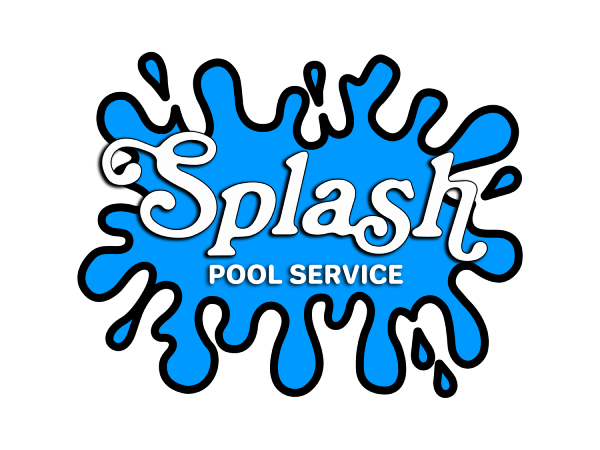Keeping your pool crystal clear and safe for swimming involves a lot of factors, and chlorine is high up on that list. But what if you’ve been adding a large amount of chlorine and still can’t maintain the right levels? This article aims to address that issue, providing insights and solutions to get your pool back on track.
Understanding Normal Chlorine Dosing
First, let’s clarify how much chlorine you should be adding to your pool. In a typical summer in Tucson, a normal dose is 3 to 4 pounds of chlorine every two weeks. However, these are general guidelines; you should always test your pool’s chlorine levels and adjust the dose accordingly.
When You Might Need to “Shock” Your Pool
If your pool suddenly gets cloudy or you see algae formation, don’t panic. An extra shock treatment, typically using 4-8 pounds of chlorine, may be all you need to kill off the algae and get things back to normal.
Some people shock their pool with just a pound of chlorine and assume that should do the trick. In reality, depending on the severity of your algae problem, you might need to go beyond that.
Running Out of Chlorine: A Deeper Issue?
If you’ve gone through a heavy shock treatment—say, 8 pounds of chlorine—and find your chlorine levels back at zero within a week, it’s a red flag. Let’s discuss some common underlying issues and how to diagnose them.
Basic Checks First:
- Filter Run Time: Make sure your filter is running for at least 12 hours per day, specifically during the daylight hours when the sun is out.
- Circulation: Check that water is circulating well in the pool.
- Main Filter and Leaf Baskets: Ensure that the main filter is clean and that all leaf baskets are not clogged.
Dive Deeper with These Tests:
1. The DE Test for Filters
To determine if your filter is capturing small particles, perform a DE (Diatomaceous Earth) test. While the pump is running, add 1 pound of pool DE powder into the skimmer. This process draws the DE powder into the filter where, if functioning properly, it should be completely captured and prevented from re-entering the pool. Watch the returns in the pool for 1-2 minutes after adding the DE to check for cloudy water returning to the pool. If you see any visible cloudiness, your filter likely needs repair. This test works for all types of filters—Cartridge, DE, and Sand.
2. Assessing Circulation
Run your pump 12 hours per day (4 hours on high speed, 8 hours on low speed). The flow should be strong enough to power an automatic pool vacuum or create significant suction in the skimmer. Weak flow could point to circulation problems that need attention.
3. Water Quality
If you’ve been through all these tests and you’re still running out of chlorine, it may be time to drain and replace your pool water. This is generally recommended every 3-5 years, but contamination can happen at any time. Algaecides, yard debris, or other foreign substances could be the culprits. For more on why algaecides can cause chlorine loss, check out this post.
Final Thoughts
If you’ve put more than 10 pounds of chlorine into your pool over two weeks and still find it lacking, don’t keep dumping in chlorine. Investigate the underlying issues to find a lasting solution. Happy swimming!
